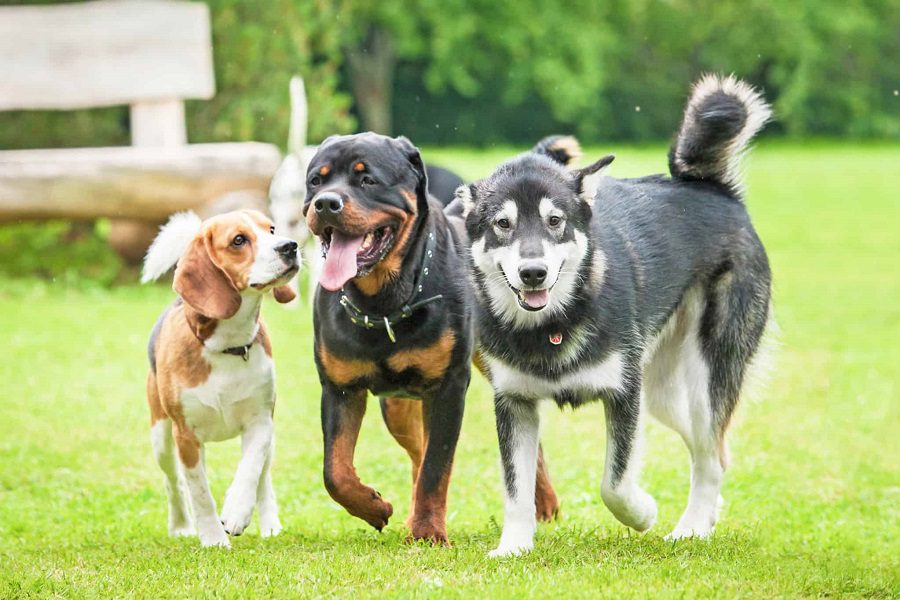Everything You Need To Know About Dogs
What’s Trending

Latest From Health And Care
Receive the latest news, giveaways, and contest information. Subscribe to our newsletter today!

Receive the latest news, giveaways, and contest information. Subscribe to our newsletter today!